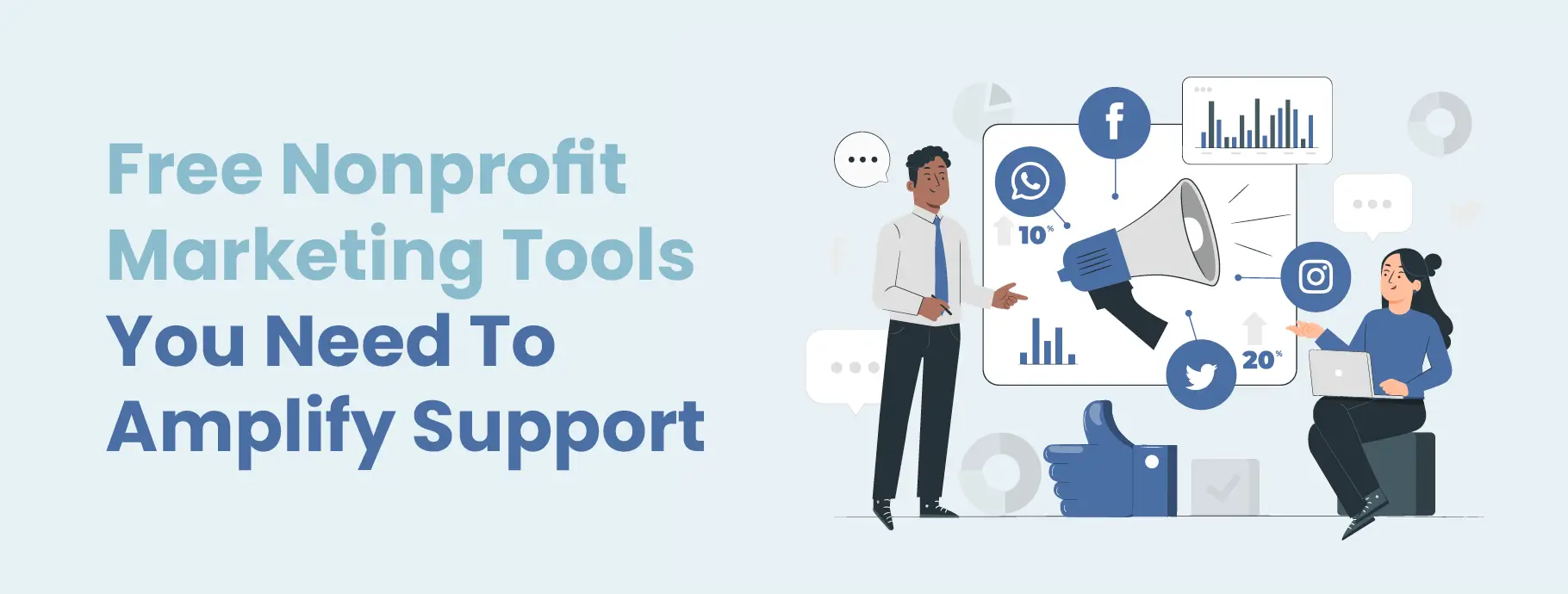Understanding the Essential Duty and Influence of a Nonprofit Company in Area Development and Assistance Providers
Not-for-profit firms serve as crucial catalysts for area development and assistance services, resolving the complex demands of marginalized populations. The landscape of nonprofit job is stuffed with obstacles and possibilities that can significantly influence their performance.
Definition of Nonprofit Agencies
Not-for-profit agencies are typically defined as organizations that run mostly for objectives various other than creating earnings for owners or investors. These entities concentrate on attending to social, social, ecological, or area needs, and they reinvest any surplus revenues back into their mission-driven activities. Nonprofits might take various forms, consisting of philanthropic companies, foundations, advocacy teams, and social enterprises, each with distinct frameworks and operational structures.
The leading concept of a not-for-profit firm is its dedication to offering the public passion. This dedication commonly manifests in a broad series of solutions, from education and health care to real estate and ecological preservation. Nonprofits generally rely upon varied funding sources, consisting of donations, grants, and membership charges, to support their efforts.
In order to keep openness and responsibility, nonprofit firms are required to follow specific guidelines and reporting criteria. This oversight is important for developing depend on with stakeholders, consisting of donors, volunteers, and the communities they serve. By prioritizing social effect over monetary gain, nonprofit companies play a crucial role in cultivating area growth and dealing with pushing social obstacles, therefore adding considerably to the total health of society.
Secret Features in Neighborhood Advancement
Neighborhood growth prospers on the energetic interaction of numerous organizations, with nonprofit companies playing a critical role in fostering lasting development and improvement. These agencies serve as essential facilitators, bridging voids between area requirements and available sources. One of their essential features is to identify and examine local needs via community involvement, ensuring that advancement campaigns matter and customized to the details context.

Campaigning for is another vital function of nonprofits, as they represent the passions of the neighborhood in plan conversations, promoting equitable access to services and resources. By elevating recognition on crucial problems, they contribute to educated decision-making at various levels. Eventually, the diverse roles of nonprofit agencies in neighborhood growth not just advertise immediate enhancements however likewise lay the foundation for long-term sustainability and durability within neighborhoods.

Influence on Susceptible Populaces
How do nonprofit companies specifically attend to the demands of vulnerable populations within neighborhood development efforts? Nonprofit companies play a critical role in identifying and dealing with the special obstacles encountered by marginalized teams, including low-income family members, the elderly, and people with disabilities. By tailoring their programs and services, these companies can give essential assistance that promotes durability and self-sufficiency.
As an example, many nonprofits provide accessibility to food aid programs, real estate support, and healthcare solutions that straight relieve the problems faced by prone populations. Furthermore, they frequently function as advocates, magnifying the voices of those who might or else go unheard in plan conversations. With area outreach and education, nonprofits encourage individuals with the understanding and resources needed to navigate intricate systems and secure their legal rights.
Furthermore, nonprofits engage in capacity-building initiatives that improve the abilities and chances of prone people, thereby promoting social equity. Their commitment to inclusivity guarantees that area advancement initiatives are comprehensive and responsive to the varied needs of all locals. In recap, nonprofit agencies are essential in alleviating the difficulties faced by great site at risk populaces, fostering area communication, and driving lasting growth.

Partnership With Local Governments
While many difficulties in community growth need collective efforts, cooperation in between not-for-profit agencies and city governments is necessary for producing effective remedies. This partnership enables the pooling of sources, expertise, and networks, which can dramatically enhance service distribution and community interaction. Not-for-profit agencies often have firsthand expertise of the demands and ambitions of regional populaces, allowing them to educate federal government policies and programs successfully.
In addition, city governments can supply crucial support in terms of funding, facilities, and regulative structures that help with the work of nonprofits. This harmony not only promotes a much more thorough strategy to resolving community concerns yet additionally makes sure that initiatives are grounded in the truths of the populations they aim to offer.
Joint efforts, such as area wellness programs, instructional workshops, and housing jobs, highlight the substantial advantages of this partnership. By aligning their objectives and approaches, nonprofit firms and city governments can create lasting effects that improve the lifestyle for citizens.
Difficulties and Opportunities Ahead
The collaboration between nonprofit firms and city governments, though beneficial, is not without its difficulties. One significant obstacle is the typically minimal funding readily available for not-for-profit organizations, which can hinder their capacity to execute comprehensive community programs. This financial restraint can result in competitors for read this sources, producing stress among numerous companies aiming to achieve comparable goals. Furthermore, varying concerns between nonprofits and federal government entities can lead to misaligned purposes, complicating collective efforts.
Nevertheless, these obstacles also present one-of-a-kind chances. Nonprofits can leverage their grassroots links to determine community needs that might be ignored by government agencies, making sure that solutions are customized to the local populace. By promoting ingenious collaborations and checking out different financing resources, such as social business or give possibilities, nonprofits can boost their sustainability and influence.
Moreover, the expanding recognition of the importance of collective effect encourages a more incorporated strategy to community development. This creates a fertile ground for nonprofits to support for policy adjustments that resolve systemic concerns. By embracing both obstacles and chances, not-for-profit agencies can remain to play a vital role ahead of time community development and assistance solutions, eventually profiting the communities they offer.
Verdict
In summary, nonprofit agencies act as essential catalysts for neighborhood development and support solutions, properly attending to the requirements of vulnerable populaces. Through their diverse functions, these organizations promote collaboration with city governments and mobilize sources, ultimately improving social equity. In spite of encountering obstacles, the possibility for development and development within the nonprofit field remains significant. Continued financial investment in these agencies will certainly guarantee the sustainability of their efforts, encouraging communities to thrive and advertising long-term positive adjustment.
Nonprofit firms offer as important stimulants for area growth and assistance services, addressing the complex requirements of marginalized populations. Ultimately, the diverse duties of not-for-profit firms in neighborhood advancement not just advertise immediate enhancements however additionally lay the foundation for long-term sustainability and durability within neighborhoods.
While lots official source of challenges in area development require concerted efforts, collaboration in between local governments and nonprofit companies is important for creating effective solutions. By embracing both chances and obstacles, nonprofit firms can continue to play an important duty in advancing area advancement and assistance solutions, eventually profiting the areas they serve.
In recap, not-for-profit agencies serve as vital drivers for community development and assistance services, efficiently dealing with the demands of at risk populations. - nonprofit agency